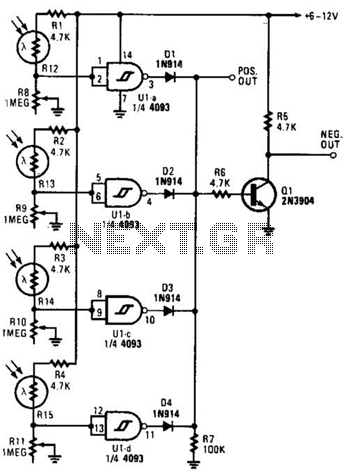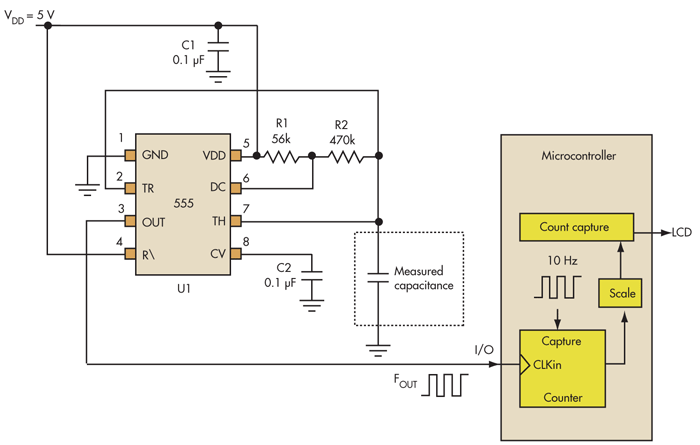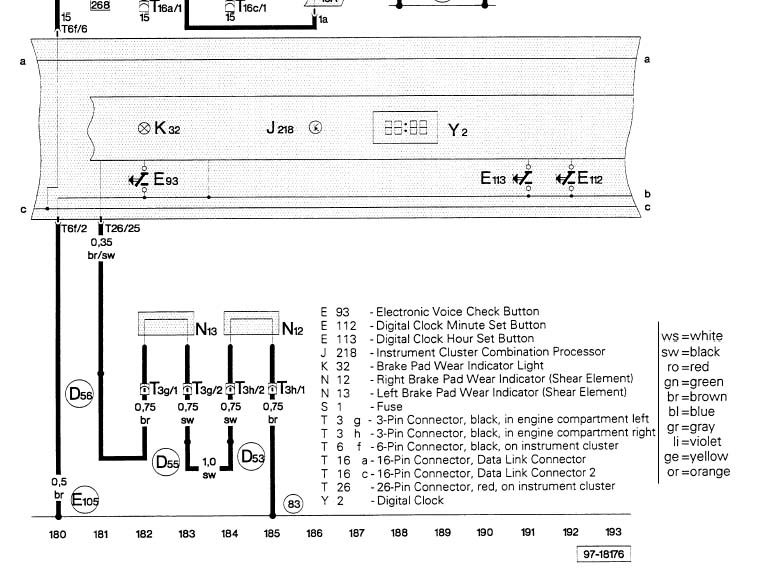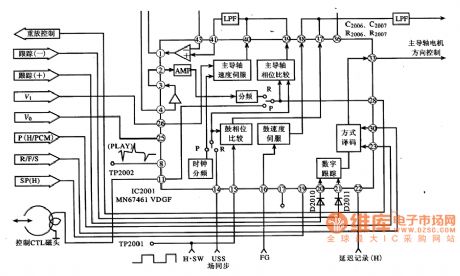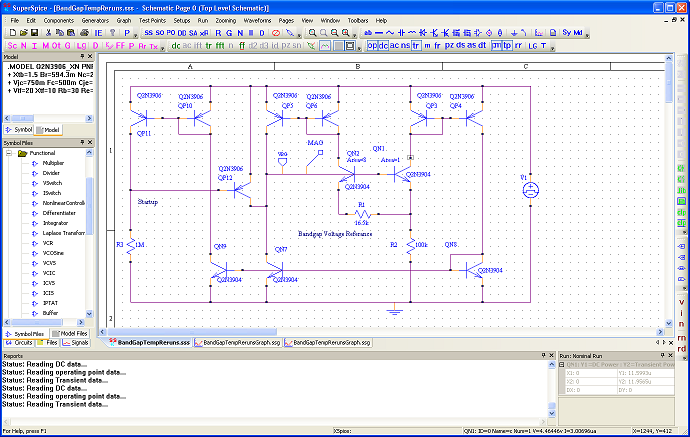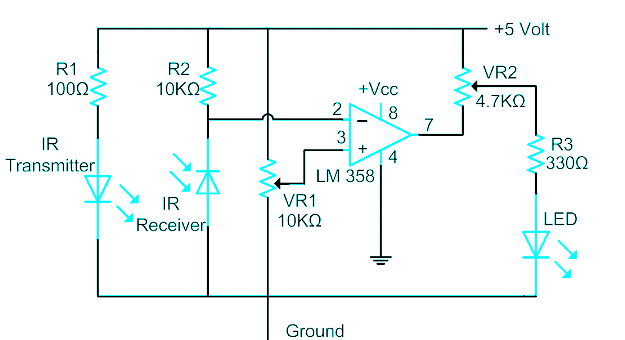
Super Motion Sensor Ultrasonic Motion Detector
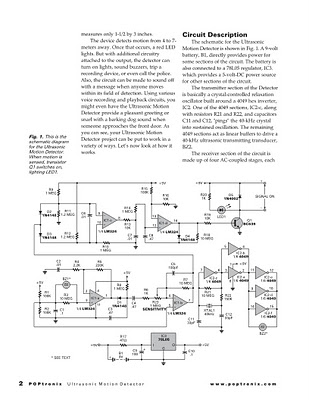
The Diploma Final Year Project represents the culmination of the learning process, where it is essential to apply previously acquired engineering and personal skills. The assessment significantly influences decisions regarding readiness for graduation. This final year project spans an entire year and progresses through three written phases: Proposal, Progress Report, and Final Report. At the project's conclusion, a presentation of the proposed work is required. The accompanying images illustrate the achievement of securing a TOP 3 award among all participating Final Year Project diploma students. The results were published on the RPS website. Two laptops were positioned on either side of the main project board; one laptop displayed a video and photo slideshow detailing the project's development, while the other laptop allowed assessors and visitors to view the project blog online. Students provided explanations regarding the project's purpose, circuit design, applications, and the differences between the circuits to each visitor at the booth. The installation of the Ultrasonic Motion Detector application has been completed, as depicted in the image above. The prototype was designed based on original ideas and concepts. Careful handling of the ultrasonic sensors was undertaken to ensure project accuracy. The project is now ready for exhibition. The image also illustrates the complete application method for the Super Motion Sensor. The circuit placement outside and the sensor (LDR) inside the briefcase were arranged according to personal insights. The project is fully prepared for exhibition. A table below outlines the differences between the Super Motion Sensor and the Ultrasonic Motion Detector based on analysis and experiments conducted during the project.
The Diploma Final Year Project serves as a pivotal educational experience, integrating theoretical knowledge with practical application. This project not only showcases the technical skills acquired throughout the diploma program but also emphasizes the importance of effective communication and presentation skills. The structured approach, divided into distinct phases, allows for systematic development and evaluation of the project, ensuring a comprehensive understanding of the subject matter.
The Ultrasonic Motion Detector and Super Motion Sensor projects exemplify innovative applications of sensor technology. The Ultrasonic Motion Detector utilizes ultrasonic waves to detect motion by measuring the time it takes for the waves to reflect back from an object. This method is particularly effective in environments where visibility may be limited, as it does not rely on light conditions. Conversely, the Super Motion Sensor leverages a Light Dependent Resistor (LDR) to detect changes in ambient light levels, making it suitable for applications where light variations are indicative of motion.
The careful design and assembly of these circuits are crucial for their functionality. The placement of components, such as the ultrasonic sensors and LDRs, is strategically executed to optimize performance and reliability. The project not only required technical skills but also encouraged creativity and problem-solving, as students had to troubleshoot issues and refine designs based on testing and feedback.
The exhibition serves as a platform to demonstrate the projects to a wider audience, fostering engagement and knowledge sharing. By presenting the projects, students can articulate their learning journey and the practical implications of their work, reinforcing the value of hands-on experience in engineering education. The comparative analysis between the two sensor types further enriches the understanding of their respective advantages and applications, highlighting the importance of selecting the appropriate technology for specific use cases.Diploma Final Year Project represents the culmination of our learning process, where it is a must to put into use from previously learned engineering and personal skills. The assessment has a major influence on decisions regarding readiness to graduate. This final year project is a year-long project that evolves through three written phases: Propo sal, Progress Report and Final Report. At the end of the cycle, we are required to give a presentation of our proposed work. The above pictures is all about our victory of gaining the TOP 3 award among all the Final Year Project diploma students who participated. The result were published on the rps website. Two laptops were placed on the right and left of the main project board. Where one of the laptop displays the video and pictures slide show on how the project was brought up.
The another laptop is for the assessors and visitors to view our blog online. Kindly explaining to the students regarding our projects. The purpose, circuit design, applications of the projects and the differences between the circuits were explained to each of the visitors who drop by at our booth. The 100% completed installation of application for Ultrasonic Motion Detector as shown in the image above.
The designation of the prototype based on our own idea and thinking. The project is done very carefully by handling the ultrasonic sensors correctly. The project is now ready for exhibition. The image shows that the complete application method for Super Motion Sensor. The placement of circuit outside and the sensor(ldr) inside the briefcase done according to our own point of view. The project is now ready for exhibition. The table below shows the differences between Super Motion Sensor and Ultrasonic Motion Detector based on the analysis and experiment made from the project.
🔗 External reference
The Diploma Final Year Project serves as a pivotal educational experience, integrating theoretical knowledge with practical application. This project not only showcases the technical skills acquired throughout the diploma program but also emphasizes the importance of effective communication and presentation skills. The structured approach, divided into distinct phases, allows for systematic development and evaluation of the project, ensuring a comprehensive understanding of the subject matter.
The Ultrasonic Motion Detector and Super Motion Sensor projects exemplify innovative applications of sensor technology. The Ultrasonic Motion Detector utilizes ultrasonic waves to detect motion by measuring the time it takes for the waves to reflect back from an object. This method is particularly effective in environments where visibility may be limited, as it does not rely on light conditions. Conversely, the Super Motion Sensor leverages a Light Dependent Resistor (LDR) to detect changes in ambient light levels, making it suitable for applications where light variations are indicative of motion.
The careful design and assembly of these circuits are crucial for their functionality. The placement of components, such as the ultrasonic sensors and LDRs, is strategically executed to optimize performance and reliability. The project not only required technical skills but also encouraged creativity and problem-solving, as students had to troubleshoot issues and refine designs based on testing and feedback.
The exhibition serves as a platform to demonstrate the projects to a wider audience, fostering engagement and knowledge sharing. By presenting the projects, students can articulate their learning journey and the practical implications of their work, reinforcing the value of hands-on experience in engineering education. The comparative analysis between the two sensor types further enriches the understanding of their respective advantages and applications, highlighting the importance of selecting the appropriate technology for specific use cases.Diploma Final Year Project represents the culmination of our learning process, where it is a must to put into use from previously learned engineering and personal skills. The assessment has a major influence on decisions regarding readiness to graduate. This final year project is a year-long project that evolves through three written phases: Propo sal, Progress Report and Final Report. At the end of the cycle, we are required to give a presentation of our proposed work. The above pictures is all about our victory of gaining the TOP 3 award among all the Final Year Project diploma students who participated. The result were published on the rps website. Two laptops were placed on the right and left of the main project board. Where one of the laptop displays the video and pictures slide show on how the project was brought up.
The another laptop is for the assessors and visitors to view our blog online. Kindly explaining to the students regarding our projects. The purpose, circuit design, applications of the projects and the differences between the circuits were explained to each of the visitors who drop by at our booth. The 100% completed installation of application for Ultrasonic Motion Detector as shown in the image above.
The designation of the prototype based on our own idea and thinking. The project is done very carefully by handling the ultrasonic sensors correctly. The project is now ready for exhibition. The image shows that the complete application method for Super Motion Sensor. The placement of circuit outside and the sensor(ldr) inside the briefcase done according to our own point of view. The project is now ready for exhibition. The table below shows the differences between Super Motion Sensor and Ultrasonic Motion Detector based on the analysis and experiment made from the project.
🔗 External reference
